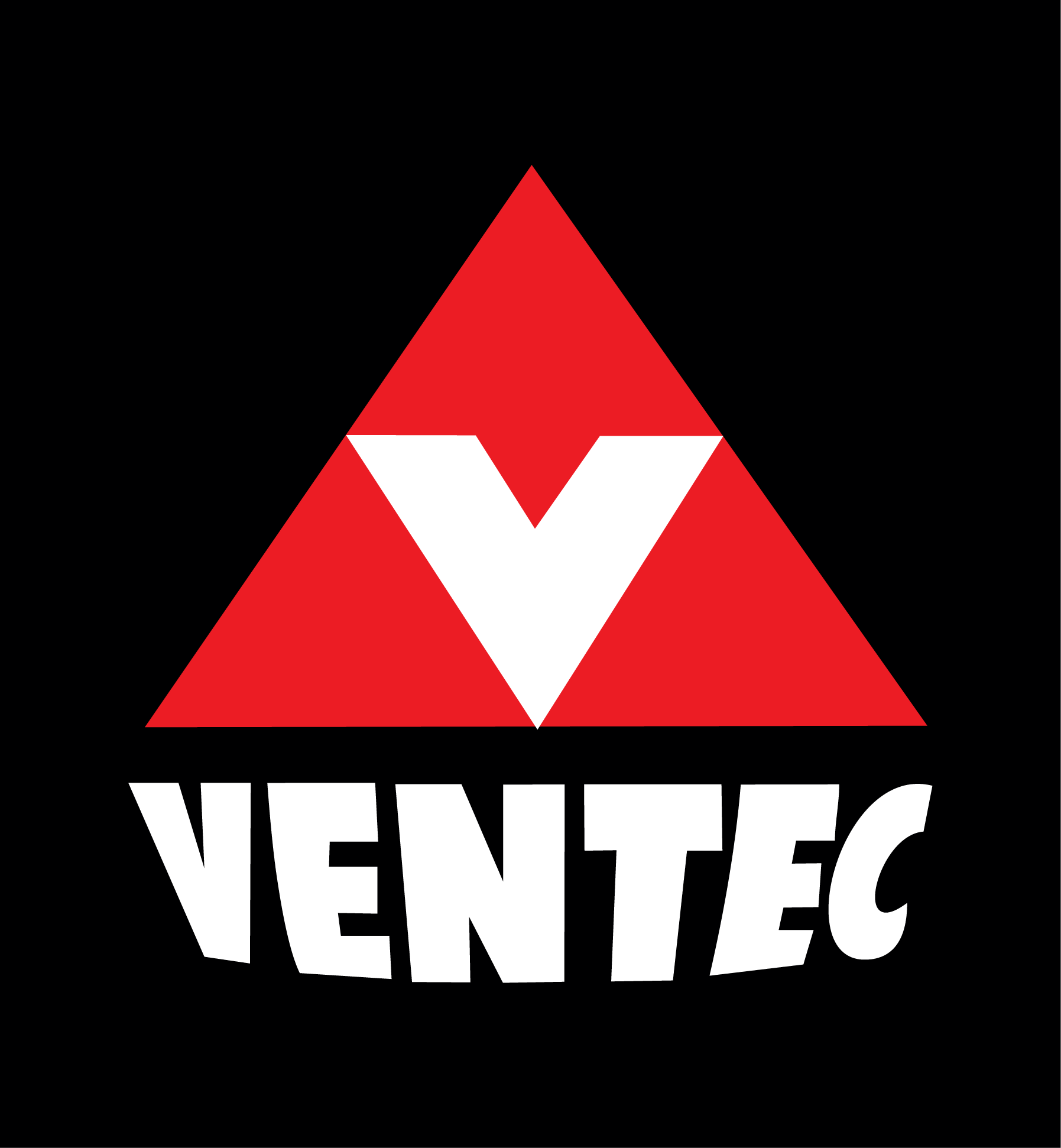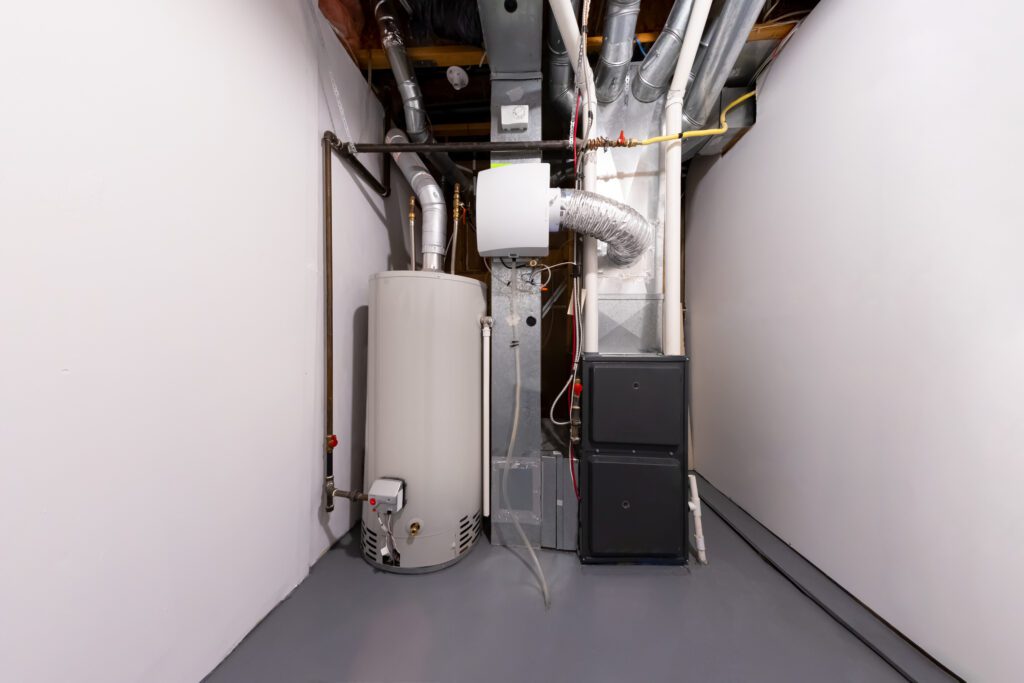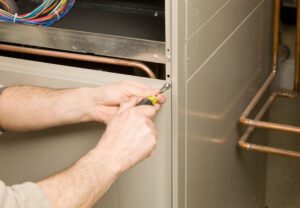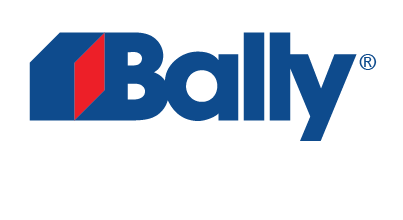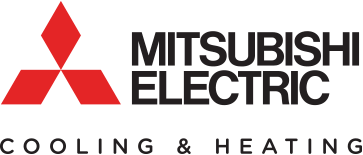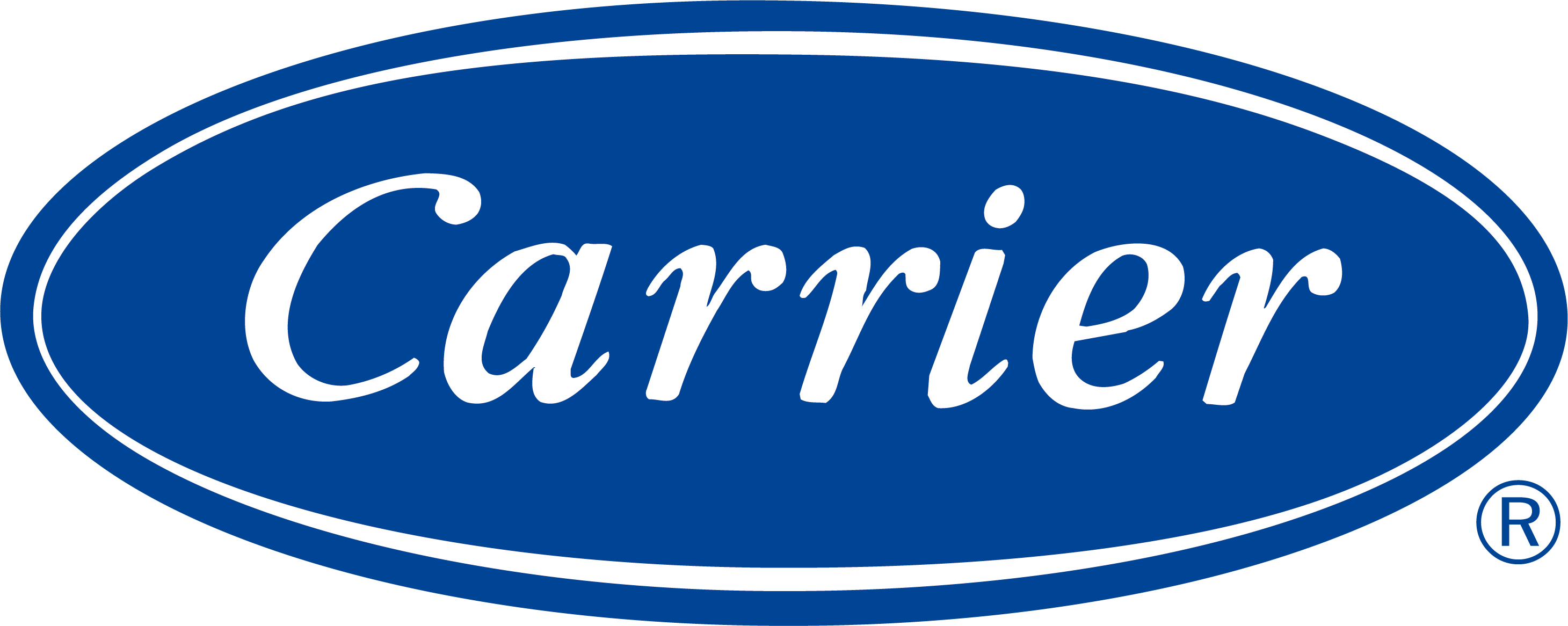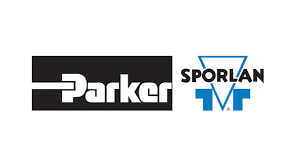Is My Furnace or A/C Leaking Carbon Monoxide?
Carbon monoxide (CO) is a colorless, odorless, and tasteless gas often referred to as the “silent killer.” Undetected leaks can lead to severe health problems or even fatalities, making it essential to recognize the signs of carbon monoxide poisoning and understand how to prevent leaks in your home. This article will address common questions such as “How do I detect a carbon monoxide leak?” and explore why proper HVAC maintenance is critical for your safety.
How Do I Detect a Carbon Monoxide Leak?
Detecting carbon monoxide leaks early can save lives. Here are key methods to identify potential leaks in your home:
Install Carbon Monoxide Detectors
These devices are the most reliable way to detect CO in your home. Place detectors on each level of your house and outside sleeping areas for maximum protection. Test them monthly and replace batteries regularly.
Recognize Physical Symptoms
Exposure to carbon monoxide can cause headaches, dizziness, nausea, confusion, and in severe cases, loss of consciousness. If these symptoms appear suddenly and worsen when you’re at home, a carbon monoxide leak might be the cause. One of the most dangerous aspects of carbon monoxide is that it has no smell. This property often leads to delayed detection, especially in homes without CO or carbon monoxide detectors. If you notice unusual odors like the smell of exhaust, which may indicate a malfunctioning appliance, it’s worth investigating further.
While carbon monoxide (CO) is often confused with carbon dioxide (CO2), they are distinct gases. CO2, like CO, is odorless and tasteless. However, CO2 does not pose the same acute health risks as carbon monoxide unless present in extremely high concentrations, which is rare in residential settings.
Inspect Your Furnace and Appliances
A poorly maintained furnace or faulty gas appliances are common sources of CO. Regular HVAC inspections by professionals can identify potential hazards before they escalate.
Does an AC Produce Carbon Monoxide?
Air conditioners themselves do not produce carbon monoxide because they do not burn fuel. However, if your home has a combined heating and cooling system, a malfunctioning furnace within the system could be a potential source.
It’s crucial to understand the difference: carbon monoxide is generated by incomplete combustion, typically in gas-powered appliances like furnaces, stoves, or water heaters. If you suspect CO is entering your home, check whether these appliances are properly vented and functioning efficiently.
Do Furnaces Produce Carbon Monoxide?
Any furnace that burns fuel will produce carbon monoxide. This includes oil furnaces, natural gas furnaces, propane furnaces and wood burning furnaces. If you have an electric furnace, it does not directly produce carbon monoxide. If the power plant that generates the electricity for your home is burning a fuel source, the carbon monoxide will be produced by the power plant. Geothermal furnaces also do not create carbon monoxide since the heat they provide is primarily pulled from the ground.
What Causes Carbon Monoxide in a House Without Gas?
While natural gas appliances are a primary source of carbon monoxide, homes without gas connections are not immune to CO risks. Other potential sources include:
Wood-Burning Fireplaces and Stoves
Improperly vented fireplaces or blocked chimneys can lead to carbon monoxide buildup.
Vehicles in Attached Garages
Running a car or other gas-powered equipment like a generator in an attached garage can allow CO to seep into your home through shared walls or vents.
Charcoal Grills or Portable Heaters
Using these items indoors, especially without proper ventilation, can release carbon monoxide.
Can Carbon Monoxide Come Through Air Vents in a House?
Yes, carbon monoxide can travel through your home’s air vents if there is a leak in your furnace or ductwork. HVAC systems are designed to circulate air, but a faulty system can inadvertently spread CO throughout the house.
To prevent this, ensure that your HVAC system is inspected annually by a professional to check for leaks and ensure proper ventilation.
Furnace Carbon Monoxide Leaks: Common Causes
Furnaces are a frequent source of carbon monoxide in homes, particularly when they are not well-maintained. Common causes of furnace-related CO leaks include:
Cracked Heat Exchanger
A damaged heat exchanger can allow carbon monoxide to escape into your home’s air supply.
Blocked Flue or Chimney
Obstructions in the exhaust system can trap CO inside the house rather than safely venting it outside.
Incomplete Combustion
Poorly adjusted burners or a lack of proper airflow can result in incomplete combustion, producing carbon monoxide.
Preventative Measures for Carbon Monoxide Safety
To protect your family and home from carbon monoxide exposure, follow these safety guidelines:
Schedule Annual HVAC Inspections
Regular maintenance of your furnace, water heater, and other fuel-burning appliances is essential. Professionals can identify potential issues such as cracked heat exchangers or blocked vents.
Ventilate Fuel-Burning Appliances Properly
Ensure that all appliances are correctly vented to the outside. This includes fireplaces, stoves, and generators.
Use Detectors as Your First Line of Defense
Install and maintain carbon monoxide detectors in your home to ensure that you’re alerted to leaks quickly.
Keep Chimneys and Flues Clear
Regularly inspect and clean your chimney to prevent blockages that can trap harmful gases.
Don’t Use Things That Create Smoke in Closed Spaces
Avoid using vehicles, generators, or grills in enclosed spaces, even with the door open. The build up can exceed the rate at which it is exiting through open doors or windows. Your proximity to the CO producing equipment in relation to the source of ventilation is also a factor on how much of this toxic substance you are inhaling. It is best to err on the side of caution.
What to Do If You Suspect a Carbon Monoxide Leak
If you suspect a carbon monoxide leak, take immediate action:
Evacuate the House
Get all occupants, including pets, out of the house and into fresh air.
Call Emergency Services
Contact your local fire department or emergency services to report the suspected leak in the best detail you can.
Turn Off Appliances
If it’s safe, turn off any fuel-burning appliances to prevent further CO generation.
Contact a Professional
Schedule an inspection with a licensed HVAC technician to identify and repair the source of the leak.
Why Professional HVAC Maintenance Matters
A well-maintained HVAC system not only ensures comfort but also safeguards against dangerous carbon monoxide leaks. At Ventec Refrigeration, Inc., we specialize in comprehensive HVAC services, including furnace inspections and maintenance to help you detect and prevent CO risks. Our team of skilled technicians can ensure that your system is running safely and efficiently, giving you peace of mind.
Carbon monoxide is a hidden hazard that can pose significant risks if not properly managed. By understanding common sources of CO leaks, installing detectors, and maintaining your HVAC system, you can protect your home and family from this invisible threat. If you have concerns about your furnace or need professional assistance, don’t hesitate to contact Ventec Refrigeration, Inc. today.
Keep your home safe, comfortable, and carbon monoxide-free with expert HVAC care. Call us at 412-793-0661 to schedule your next inspection or visit us online at Ventec HVAC.
Austin Vensel
Director Of Sales
Austin has been involved in the family business since he was very young. Starting out in the field he worked his way up to director of sales. During his time at Ventec Austin has accumulated vast amounts of knowledge and helped countless Pittsburgh home and business owners through Heating, Cooling and Refrigeration.
